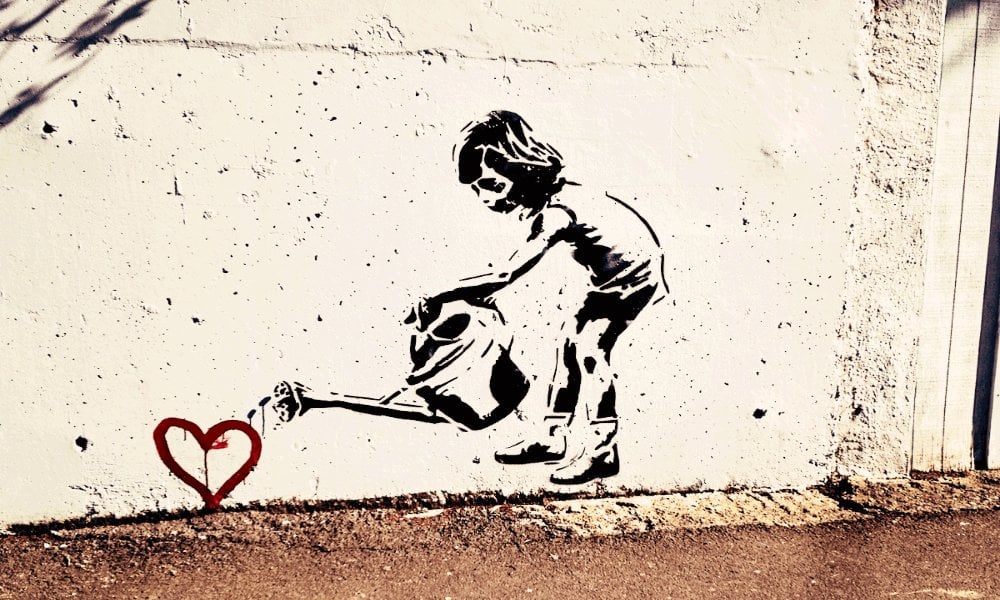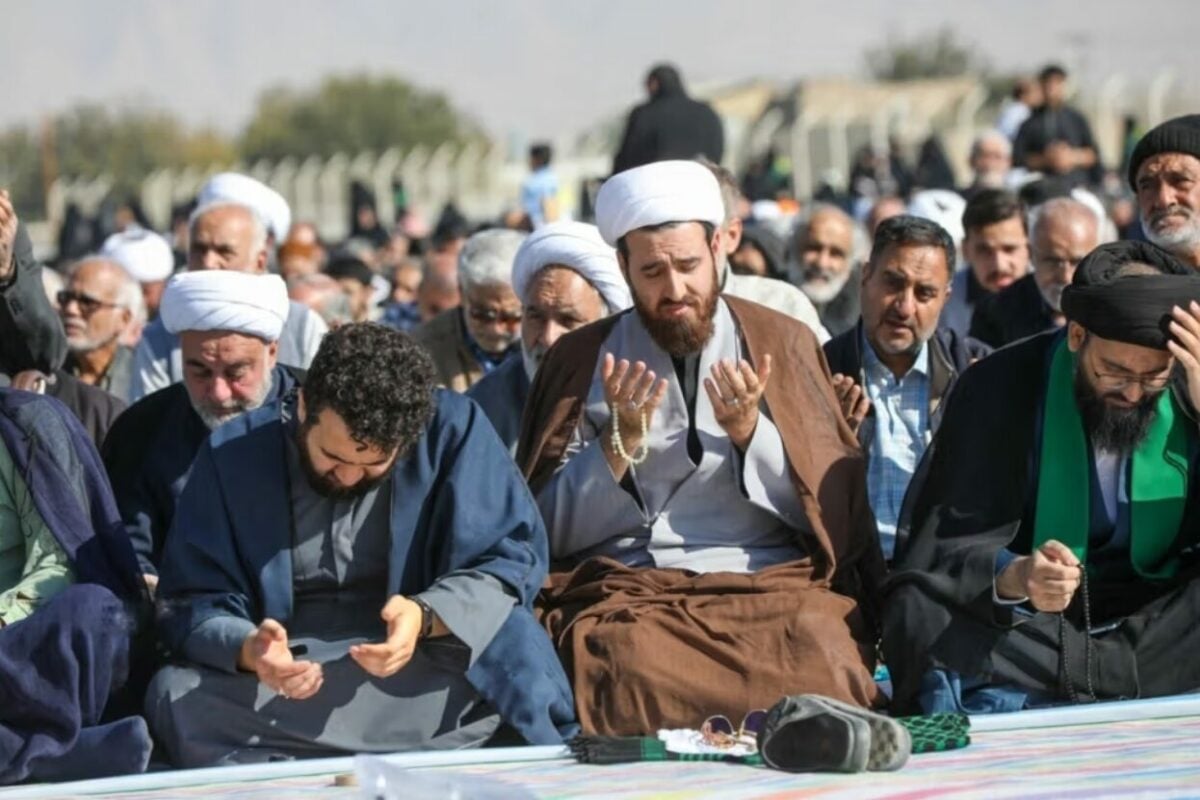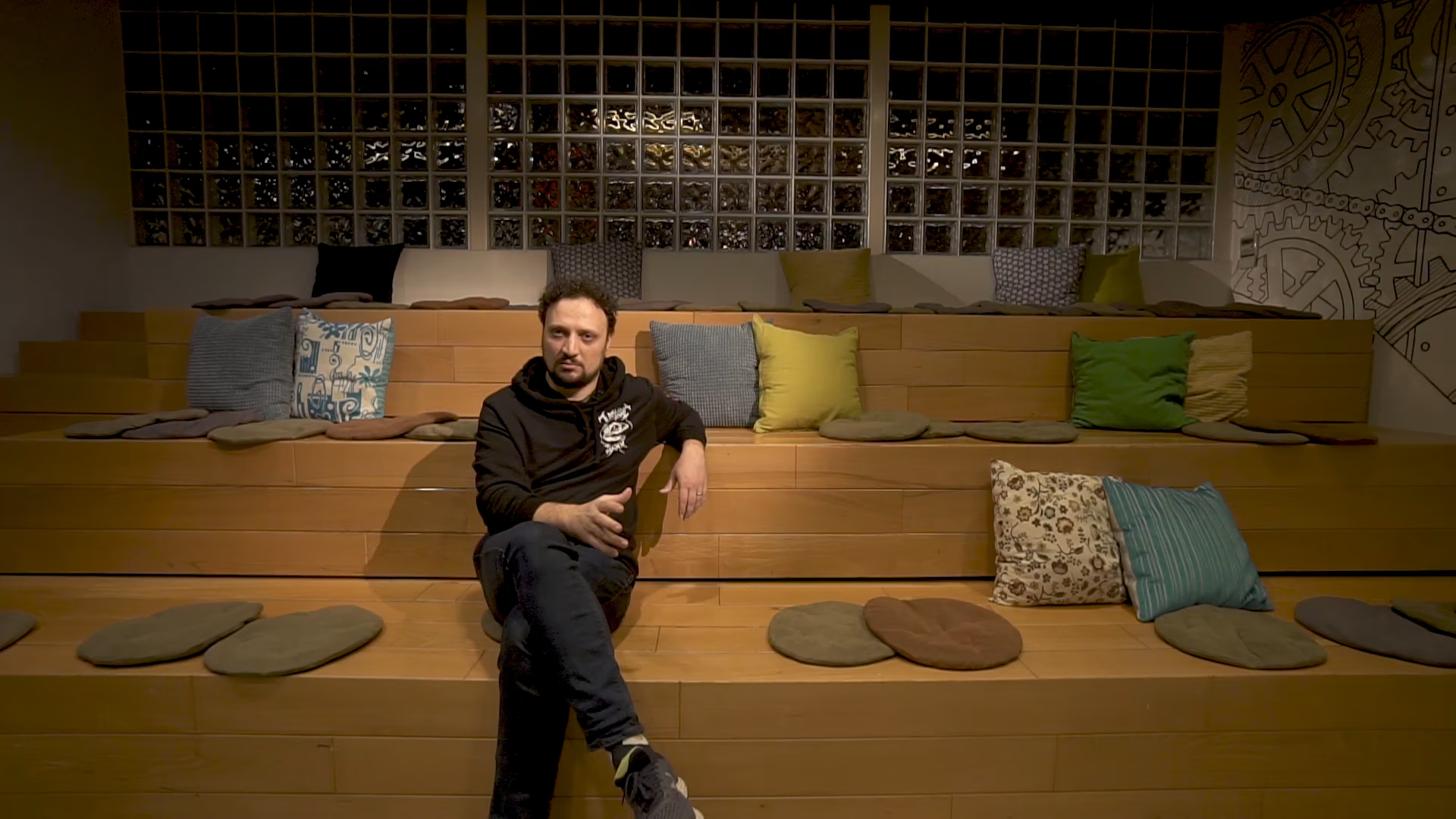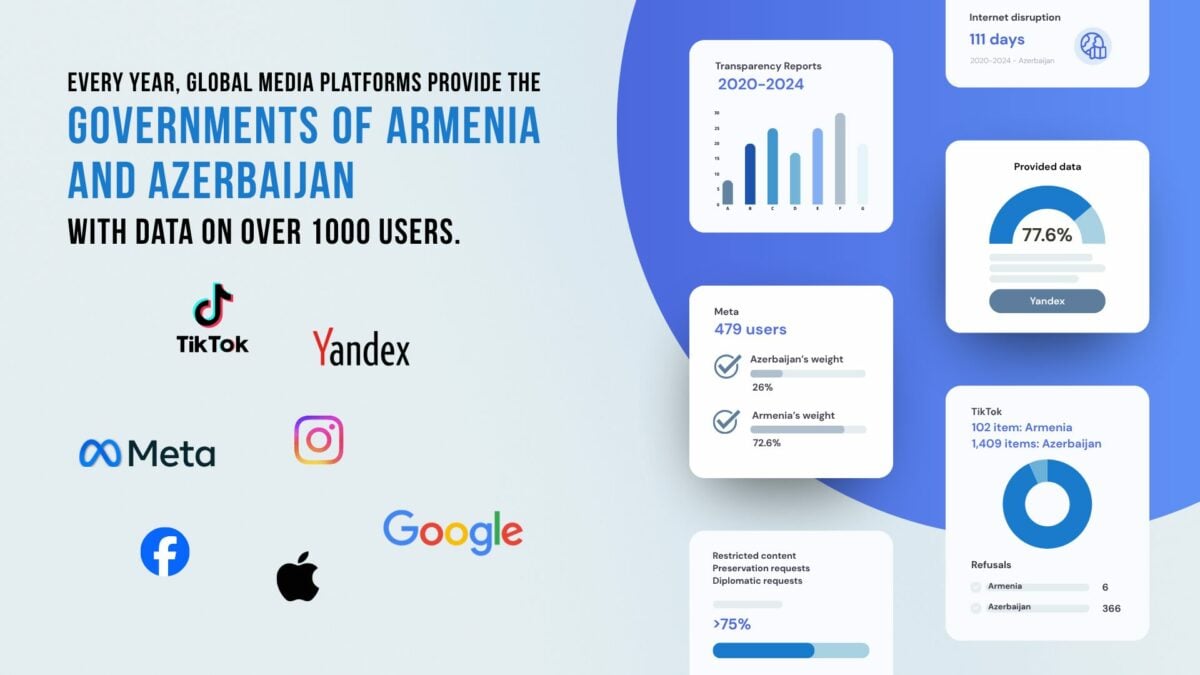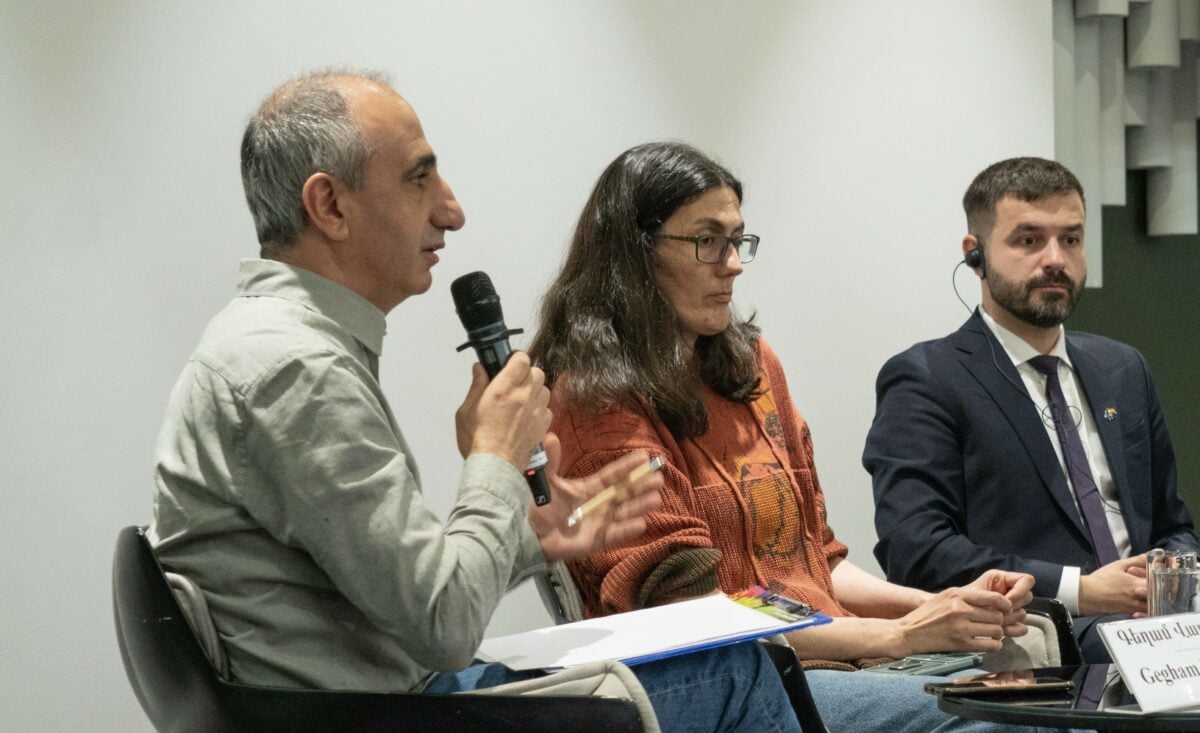The video aired by channel 5 on a 13-year-old girl’s pregnancy on May 18th, was quickly republished on various websites and spread on Facebook. The video was removed from YouTube several days later after a conversation between Human Rights Defender Arman Tatoyan and the Executive Director of Channel 5, Harutyun Harutyunyan.
The television report remained accessible to Ucom subscribers for as long as the chance to rewatch the content using the “catch up” feature.
In a Facebook post on the talk with Executive Director of the Channel 5, the ombudsman reminded reporters about the “How to Cover Kids Issues” manual. He asked that the benefit of the child to always be a priority when it comes to making publications about children and to use maximum caution.
The manual notes that the media should be obliged to detach the name, surname, place of residence and other identifying information of a child subjected to sexual violence because such cases often result in negative consequences for children (for example, a child who has been sexually abused may be targeted, mocked).
The topic became the focus of discussion on social networks when it was broadcast to the public.
The host of Channel 5’s news report tells the story of a pregnant teenager, saying that they arrived at the scene “with their camera crew, in that case when the social worker hadn’t even spoken with her yet.”
The host said, ‘the police know more horrible things” and it’s possible that the girl was raped by her brother, who had mental health issues.
The mother mainly speaks in the video, her face shows, her voice isn’t changed. And it is possible to identify the underaged victim by the place of residence or by the fact that her brother lives in the Khaberd specialized orphanage.
The victim can also be identified by the scenes recording her from behind. There are no comments in the report from the police, the regional polyclinic, the school principal. The whole story is based on the words of the mother.
Before the incident, on May 16, the case had been touched upon by Tert.am, speaking about the case without names, however, mentioning the name of the location. The journalist had provided additional information on the girl who had been abused, saying that “according to the mother, the child has mental health problems, and is a first-class pensioner.”
The site contacted Vagharshapat’s police chatted with her mother without a photo or video. There is no comment in the material regarding the author’s actions.
The coverage of this case on Facebook has caused concerns. More is written about why this story has become a subject of discussion, but how can you cover such a sensitive topic?
The Minister of Labor and Social Affairs, Zara Batoyan, referring to the law, urged not to distribute the video and act on the principle of protecting the best interest of the child.
As the TV company has already removed the video from its channel, the Personal Data Protection Agency has urged individual social platforms and YouTube users to also remove it from their pages.
Preparing a reportage about rape is a tough decision.
Scandalous material made in haste can hurt more than help the heroes of the material. Even if the materials are being used to ensure optimism, they are largely unsuccessful, as the author of the material, by publishing the fact, also becomes responsible for its development.
The video about the 13-year-old girl is not online now, but people are still discussing it. Certainly, they will also be debating the topic many years later since nothing in the digital age is forgotten completely and forever.
Reports to be remembered and watched are not the best method for throwing sensitive and vulnerable topics into the news flow. After all, the basis of any scandal is real people, real pain, and a desire not to be remembered for one story (even cruel).
When a reporter decides to tell a story about child pregnancy, and the media to publish it, it is not sufficient to say that it is done simply for the sake of informing. There are more important targeted goals. For example, inclusive education at school, insufficient sexual education of juveniles, living in peace in the face of violence, ignorance of the fact that rape is a criminally punishable case.
Gayane Asryan

